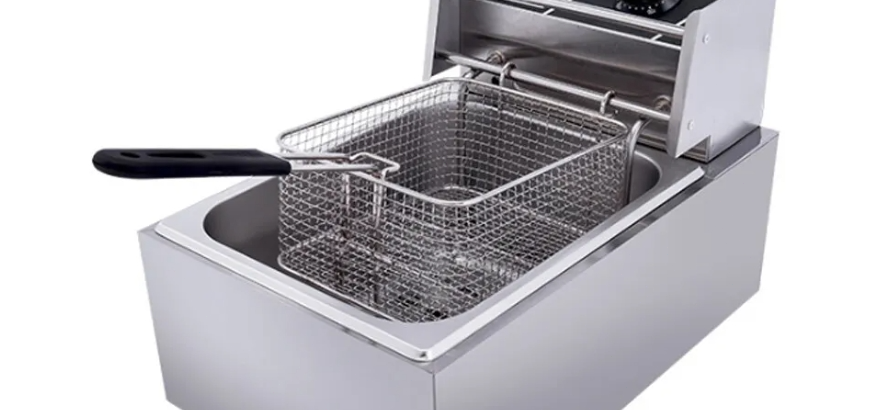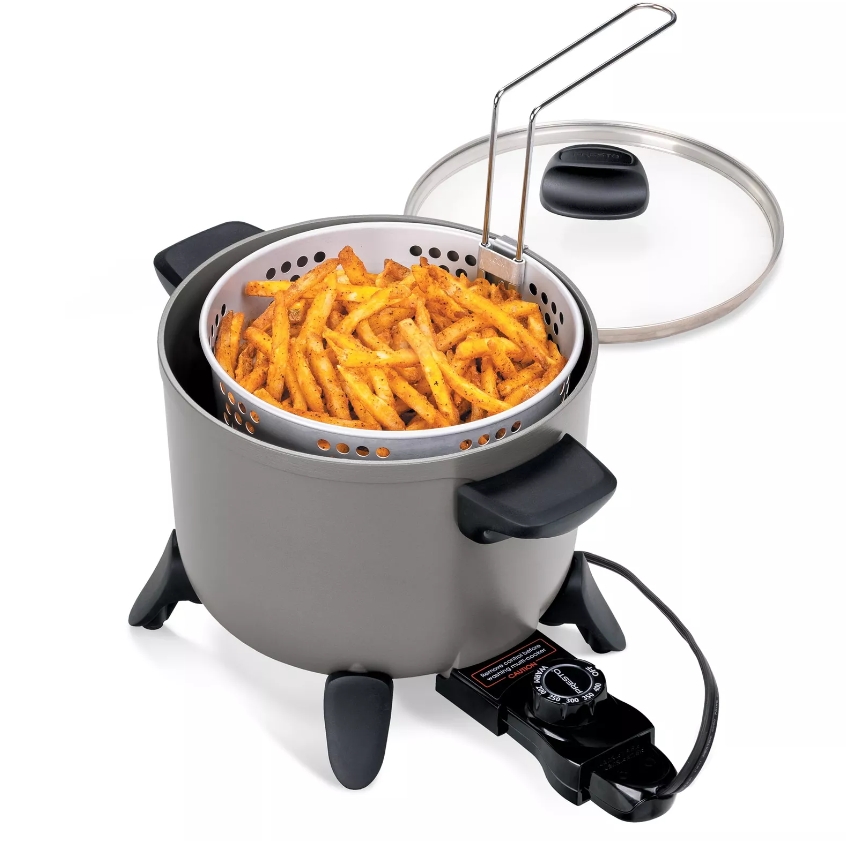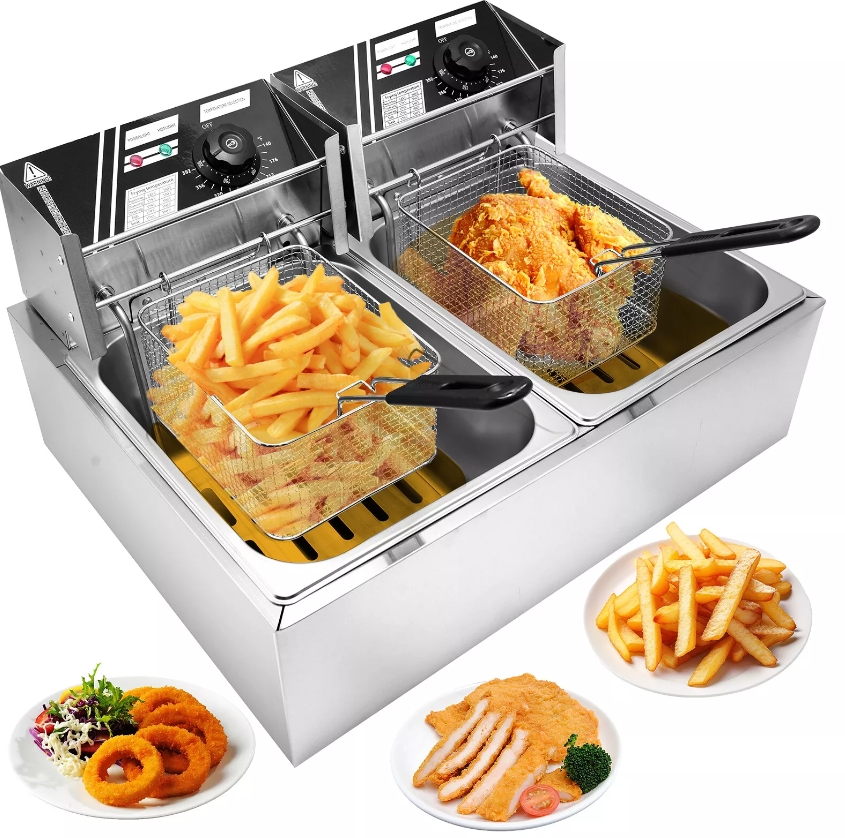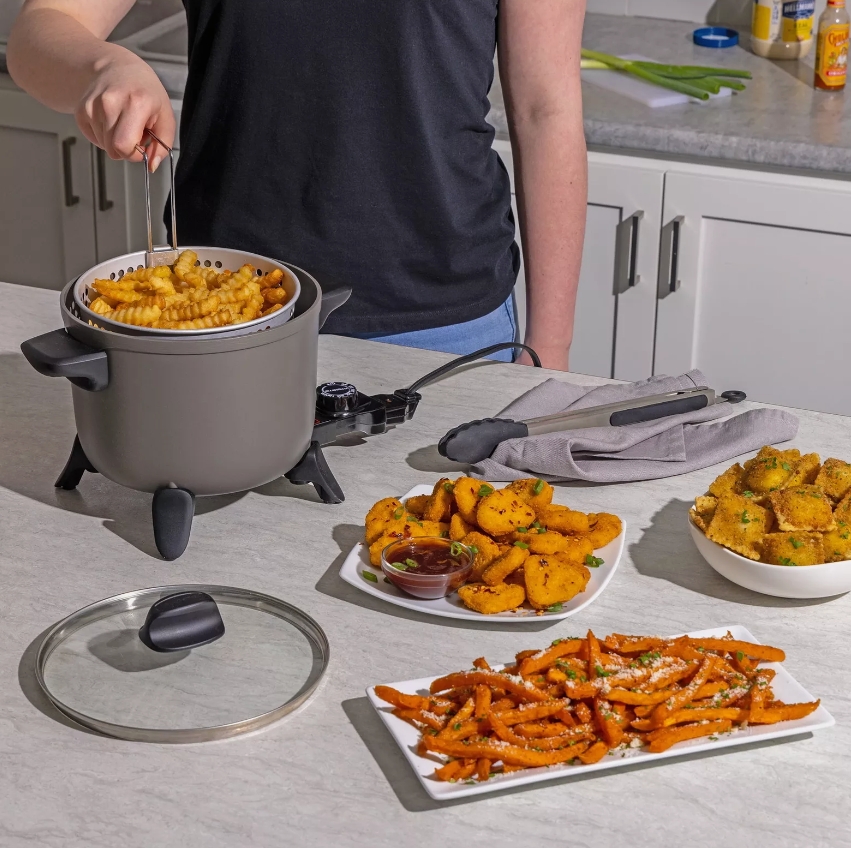The frying pan, as a commonly used cooking tool, is widely used in the kitchen of homes and restaurants. Its design is usually simple, flat bottom, able to effectively conduct heat, suitable for cooking a variety of ingredients. From fried eggs and pancakes for breakfast to fried meat and fish for dinner, the frying pan has its unique advantages, making many delicious foods simple and easy to do.
Frying pan materials are varied,cast iron,stainless steel,ceramic coating,etc.,each has its own characteristics. Cast iron skillets are popular because of their excellent insulation properties and uniform heat transfer. Although it is heavy,it has a long service life as long as it is properly maintained. Stainless steel frying pans are a regular feature of modern kitchens because of their durability and ease of cleaning. The ceramic coating frying pan is favored for its advantages of healthy cooking without oil smoke, which is suitable for people who pursue a healthy life.
When using a frying pan, it is very important to know the right temperature and heat. Too high a temperature is easy to cause the surface of the food and the interior is uncooked, while too low a temperature may cause the food to come out of the water and the cooking effect is not good. Therefore,gradually adjusting the heat and observing the changes in the ingredients in the pot is a basic and important skill.
In addition, the frying pan can also be paired with various condiments when cooking to enrich the taste of dishes. Basic seasonings such as oil,salt and pepper are essential, while ingredients such as herbs and garlic cloves can give food a more complex aroma. The use of frying pans can also be a good combination of ingredients, bringing double enjoyment in sight and taste.
The way you maintain your frying pan also affects its service life. After cleaning,especially cast iron skillets, you need to apply a thin layer of oil to prevent rust.




